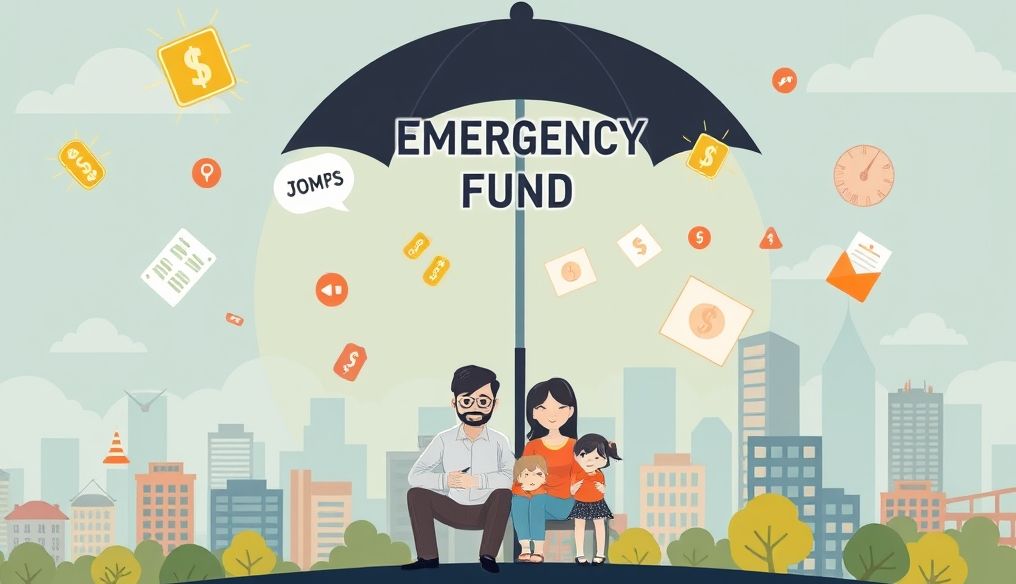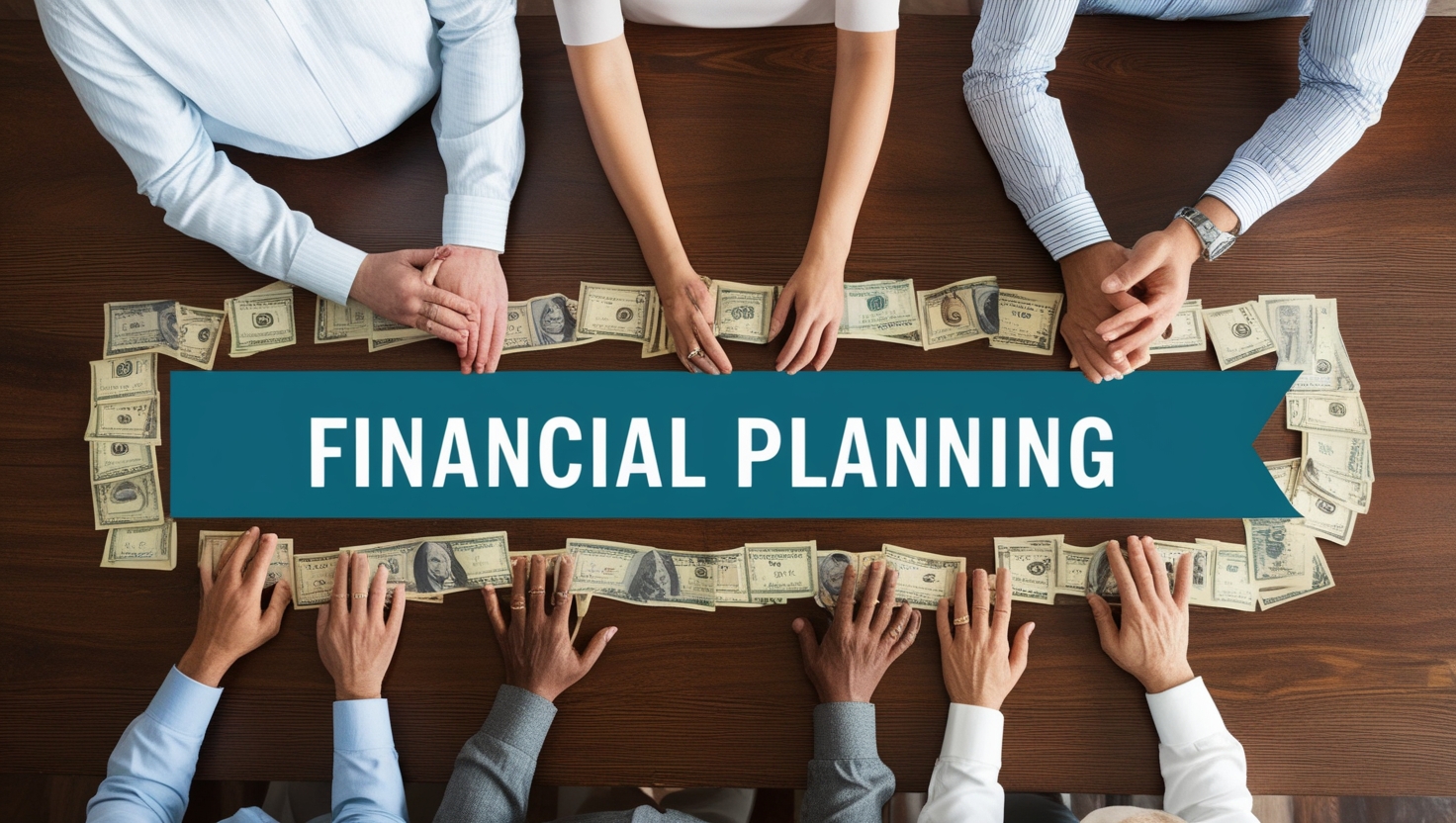Introduction: Why Emergency Financial Planning is Essential
Life is full of ups and downs, and unexpected financial crises can strike at any time. Whether it's a job loss, a medical emergency, or a natural disaster, being unprepared can lead to immense financial stress. Emergency financial planning is not a luxury; it's a necessity to protect yourself and your family from financial hardship.
Chapter 1: Assessing Potential Financial Risks
The first step in emergency planning is to identify the financial risks you might face. Consider:
- Job Loss: What is the likelihood of losing your job? How long might it take to find a new one?
- Medical Emergencies: Do you have adequate health insurance? Do you have savings to cover unexpected medical expenses?
- Home or Car Repairs: Do you have an emergency fund to cover these expenses?
- Natural Disasters: Do you live in an area prone to natural disasters? Do you have insurance to cover potential damages?
Example: Let's say you work in a sector experiencing an economic slowdown. You should be more prepared for job loss than someone working in a thriving sector.
Chapter 2: Creating an Emergency Fund
An emergency fund is a savings account dedicated to covering unexpected expenses. You should have enough money in your emergency fund to cover at least 3-6 months of living expenses.
How to Start:
- Set a realistic goal: Start by determining a small amount you can save each month.
- Automate it: Set up an automatic transfer from your checking account to your emergency fund account.
- Only use it for true emergencies: Avoid using your emergency fund for non-essential expenses.
Example: If your monthly expenses are $3,000, you should aim to have $9,000 - $18,000 in your emergency fund.
Chapter 3: Reviewing and Updating Insurance
Insurance is an essential part of emergency financial planning. Make sure you have adequate coverage for health insurance, home insurance, car insurance, and life insurance.
Tips:
- Compare different insurance quotes to get the best prices.
- Review your insurance policies regularly to ensure they meet your needs.
- Consider getting disability insurance if you rely on your income to make a living.
Example: If you own a home, make sure you have enough insurance to cover the cost of rebuilding it in the event of a fire or natural disaster.
Chapter 4: Paying Down High-Interest Debt
High-interest debt, such as credit card debt, can quickly drain your finances and make it difficult to save money for emergencies. Focus on paying down this debt as quickly as possible.
Strategies:
- Snowball Method: Pay off your smallest debt first, regardless of the interest rate.
- Avalanche Method: Pay off the debt with the highest interest rate first.
Example: If you have a credit card balance with a 20% interest rate, it's important to pay off that debt as quickly as possible to avoid accumulating more interest.
Chapter 5: Creating a Realistic Budget
A budget is an essential tool for managing your finances and identifying where your money is going. Create a realistic budget that includes all your expenses, including fixed expenses and variable expenses.
Tips:
- Use a budgeting app or spreadsheet to track your expenses.
- Review your budget regularly and make adjustments as needed.
- Look for ways to cut unnecessary expenses.
Example: You can reduce your expenses by cooking at home instead of eating out, or canceling unused subscriptions.
Chapter 6: Diversifying Income Streams
Relying on a single source of income can be risky. Consider diversifying your income streams by getting a part-time job, starting a small business, or investing in real estate.
Examples:
- Freelancing in your area of expertise.
- Selling products online.
- Renting out a spare room in your home.
Example: If you're a writer, you can offer freelance writing services to businesses or individuals.
Chapter 7: Emergency Investment Plan
You may need to access your funds quickly in an emergency. Therefore, it's important to have an emergency investment plan that includes liquid assets, such as short-term savings accounts or government bond funds.
Tips:
- Avoid investing in illiquid assets, such as real estate or private equity, if you need to access your funds quickly.
- Consider the potential risks and rewards of each investment before making a decision.
Example: You can keep a portion of your emergency fund in a high-yield savings account that allows you to access your funds at any time.
Chapter 8: Contingency Plan in Case of Job Loss
Losing your job can be a stressful experience. Create a contingency plan that includes:
- Updating your resume and starting to look for new jobs.
- Applying for unemployment benefits.
- Reducing unnecessary expenses.
- Exploring freelance opportunities.
Example: You can start networking with your contacts in your field to let them know you're looking for a new job.
Chapter 9: Preparing for Natural Disasters
If you live in an area prone to natural disasters, it's important to be prepared. Create an emergency kit that includes:
- Water and non-perishable food.
- A flashlight and batteries.
- A first-aid kit.
- Copies of important documents.
Example: You can store this kit in an easily accessible location in case of an emergency.
Chapter 10: Reviewing and Updating Your Plan Regularly
Your financial circumstances are constantly changing. Therefore, it's important to review and update your emergency financial plan regularly, at least once a year, or whenever there's a significant change in your life.
Tips:
- Review your budget and financial goals.
- Make sure you have adequate insurance coverage.
- Update your emergency fund if necessary.
Conclusion: Emergency financial planning is not a one-time task, but an ongoing process that requires commitment and careful planning. By taking the necessary steps to protect yourself and your family from financial hardship, you can enjoy peace of mind and ensure a more secure financial future.




